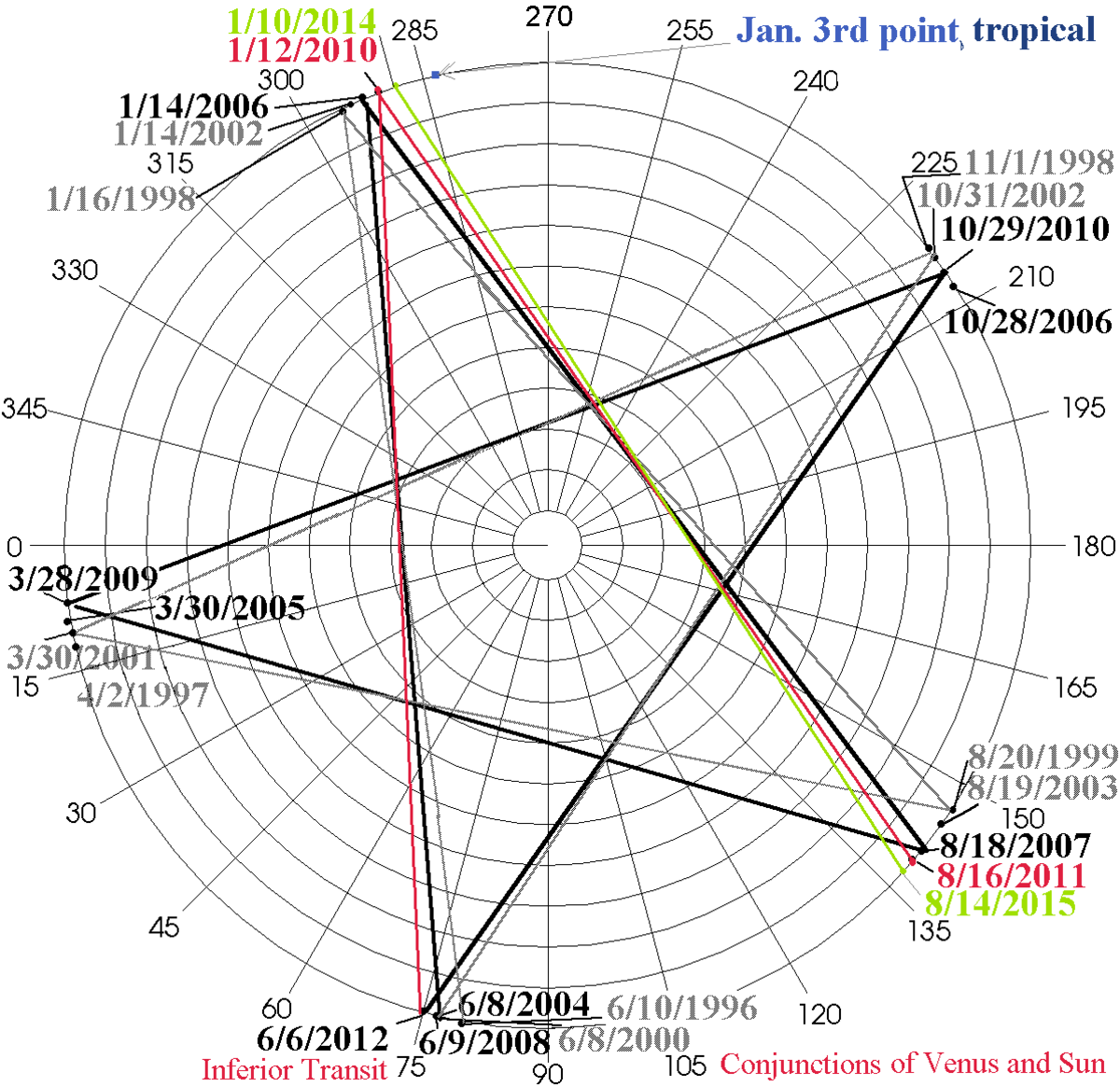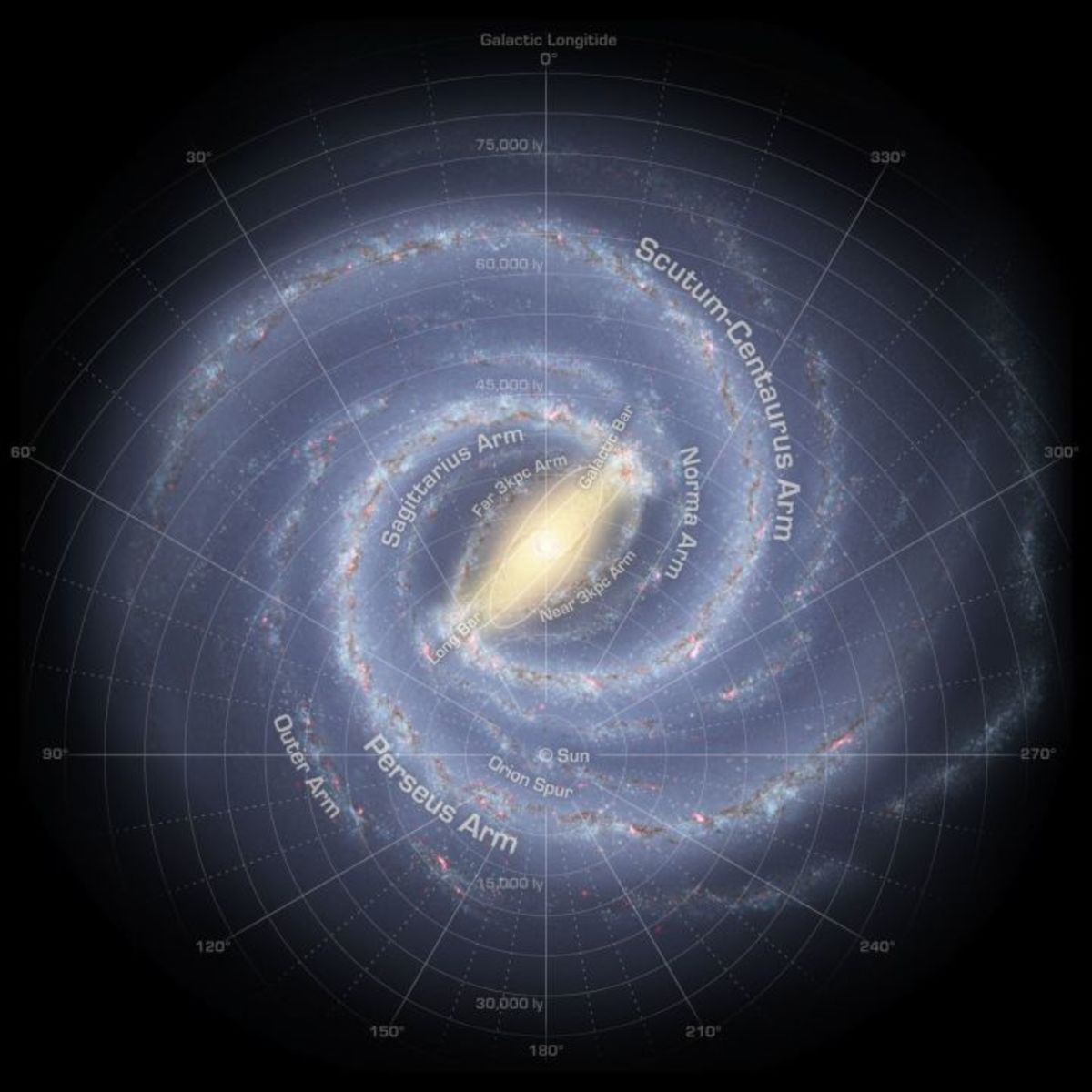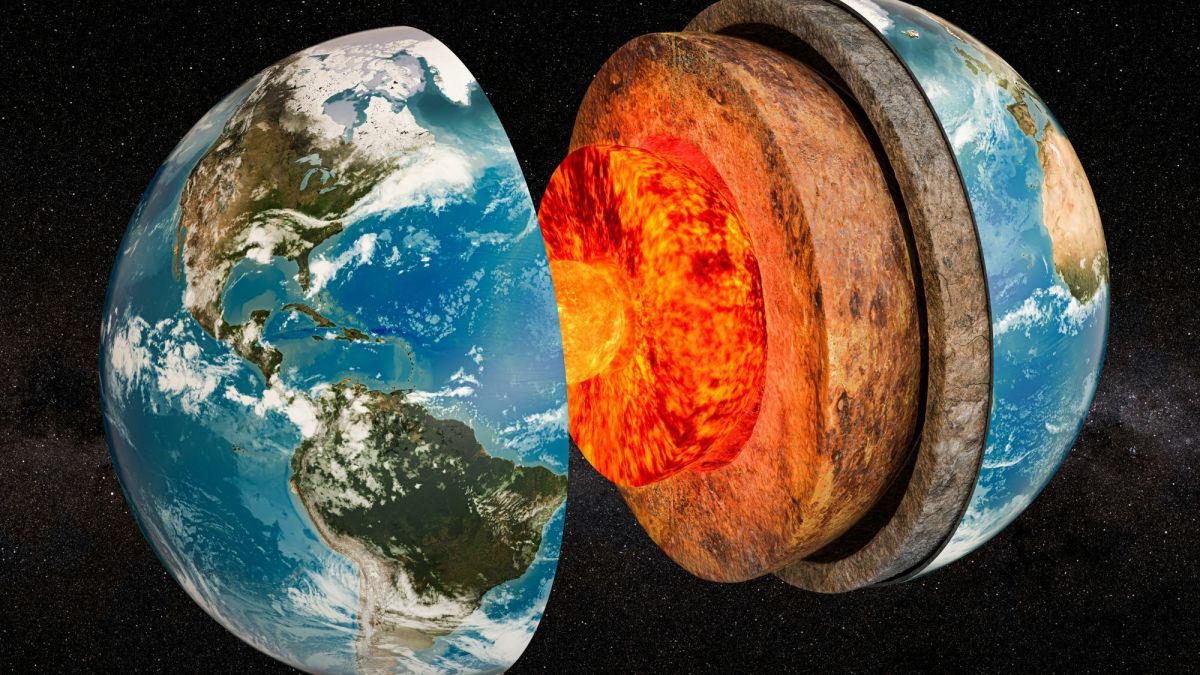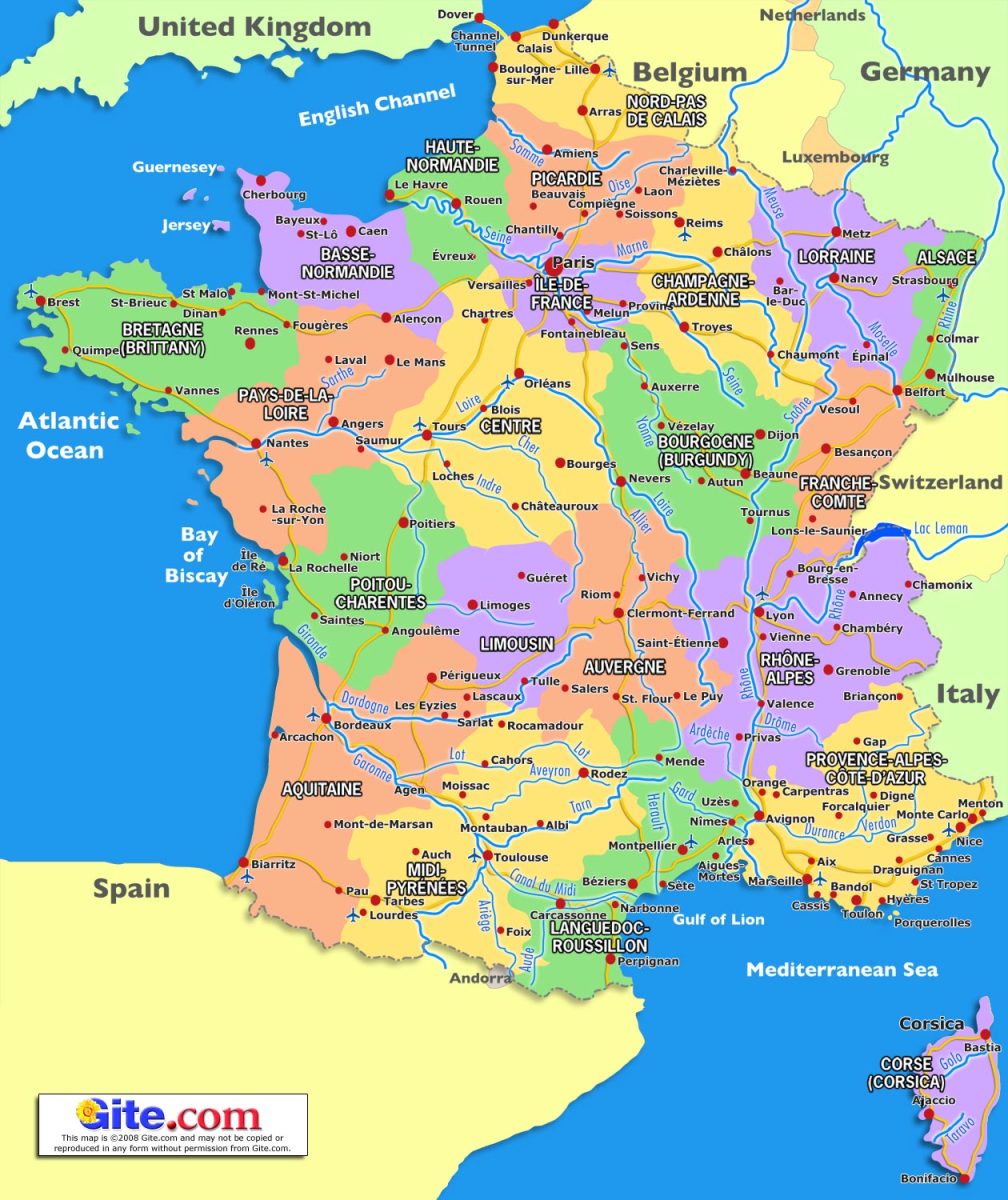How Satellites Orbit the Earth
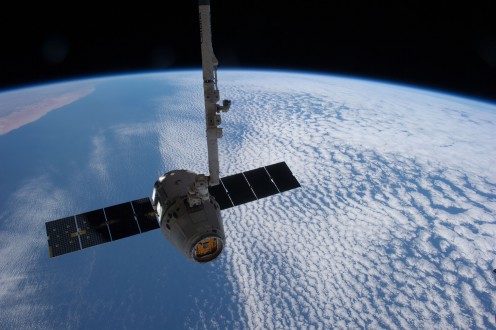
On October 4, 1957, a soviet rocket blasted a metal sphere, Sputnik 1, into space. Sputnik did not fall back to the ground, nor did it head off into the depths of space. Apparently defying gravity, it stayed near the Earth, going round and round only a few hundred miles above the ground. Three months later it burnt up in the atmosphere (4th January 1958).
Despite appearances, satellites do not really defy gravity. They are in fact falling towards the Earth all the time, just like the apple Sir Isaac Newton watched fall and which led him to discover the laws of gravity. The key difference between the apple and the satellite is that the satellite is moving very fast - around 18,000mph (30,000km/h) - and at a much higher altitude. This means that as the satellite falls towards the Earth, the Earth's surface curves away from it, so that it never actually gets closer.
Imagine that you are on top of a mountain which rises 100 miles (160km/h) above the Earth's surface. If you take an apple, and just let it go, the apple drops down vertically. Now suppose you throw it towards the horizon. The apple will still fall, but it follows a curving path. If the apple is hurled at a great enough speed, the downward curve of its path as it falls will match the curve of the Earth's surface. Although the apple is falling all the time, the Earth's surface is curving away underneath it at the same rate. As a result, the apple never gets any closer to the surface of the Earth. It is in orbit.
When a rocket launches a satellite, it must therefore give the satellite sufficient horizontal velocity that its falling trajectory will always miss the Earth. By choosing a suitable combination of upward and horizontal thrust, mission controllers can put a satellite into an orbit of any size and any shape from circular to highly elliptical (egg-shaped). The greater the thrust, the larger the orbit. The greater the horizontal thrust, the more elliptical the orbit will be. To send a satellite on an elliptical orbit, it is boosted fast enough from Earth to counteract the Earth's downward pull. It therefore moves away from the curvature of the Earth.
But the Earth's gravity is always exerting a pull on the satellite, and it eventually slows down and begins to fall back to Earth. The sideways momentum of the satellite means that it misses the Earth. But as it falls it speeds up again, so that by the time it has completed an orbit, the satellite is traveling fast enough once again to pull away from the Earth and begin a second elliptical orbit.
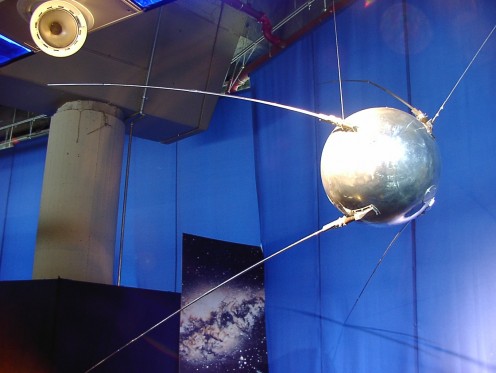
Fun facts worth knowing about satellites:
- The first ever satellite Sputnik 1 launched in space was the size of a beach ball. The satellite was estimated to take around 98 minutes to orbit the Earth.
- Sputnik originally meant 'fellow traveller of earth' in Russia, and now they defined it as a space satellite.
- World Space Week is celebrated around the world between 4-10 October every year. It usually commemorates the Sputnik 1 as well as other sciences and space technologies.
- The word 'Satellite' was a Latin word which meant 'attendant' in the 16th century. The term was later used as a small planet circling around a bigger one in the 17th century (like the Earth's moon for example).
- There are over 2000 man-made satellites in space including around 20 GPS satellite systems orbiting the Earth. However, there are also numerous inactive satellites.
- There was a Sputnik 2 also, and was launched on the 3rd November 1957 by Russia. It carried the first ever animal, a stray dog of Moscow named Laika to go into orbit (poor dog).
- The Sputnik 1 launch led to a 'Space Race' between Russia and the US. The US then launched a satellite called the Explorer 1 on the 31st January 1958, and this event started the US Space Age.
- The largest satellite to orbit the Earth at present is the International Space Station (ISS). A space laboratory for scientists to do vital experiments.
- Photographs of Earth are produced by Earth Observation Satellites. These are similar to Weather Satellites to produce images of clouds in order to measure temperature and rainfall.
- The collision of satellites are rare in space. They are meticulously launched in such a way that accidental collision is minimized. The first known collision happened in 2009 between a Russian and an American satellite.
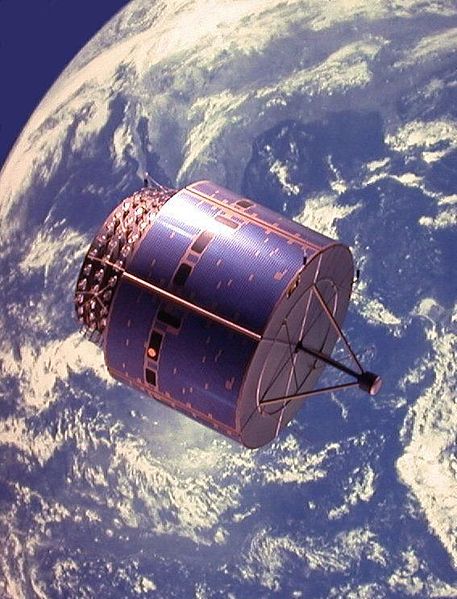
Spacecraft Cemetery
Where exactly do dead satellites end up after finishing its orbit around the earth?
Nothing lasts forever made by humans and that definitely includes artificial satellites orbiting the earth. Just like cars, planes, boats or even washing machines, satellites also wear out until they are completely exhausted and dead.
There is a remote place on Earth called Point Nemo where most fallen satellites and other space objects end up. The area generally regarded as the spacecraft cemetery is miles away (over 1400 miles) off the southeast coast of New Zealand, in the Pacific Ocean. The dead satellites buried in that specific graveyard are far away where humans are absent.
The timing of these old dead satellites has to be conducted by space experts in order for it to crash at the right location. The smaller satellites are easy to depose of without making much of a mess with large debris. The intense friction of heat from the air as the satellite drops to earth burns it to dust before splashing into the Pacific Ocean. However, bigger satellites and space objects in a low orbit may be an issue because they may not burn up totally into dust.
Point Nemo has gathered the remains of over 250 space objects since 1971. This actually helps stop scientists and space agencies from sending a lot of space junk into space which can be dangerous such as collisions of satellites for example. It will lower the risk of that.
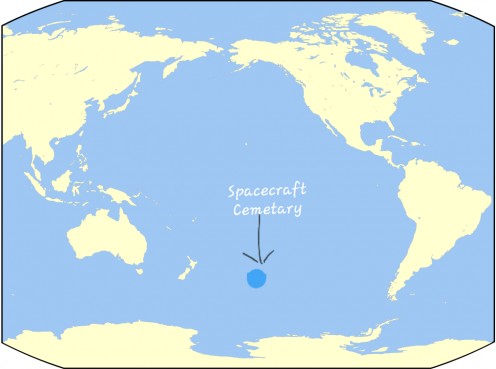
This content is accurate and true to the best of the author’s knowledge and is not meant to substitute for formal and individualized advice from a qualified professional.

